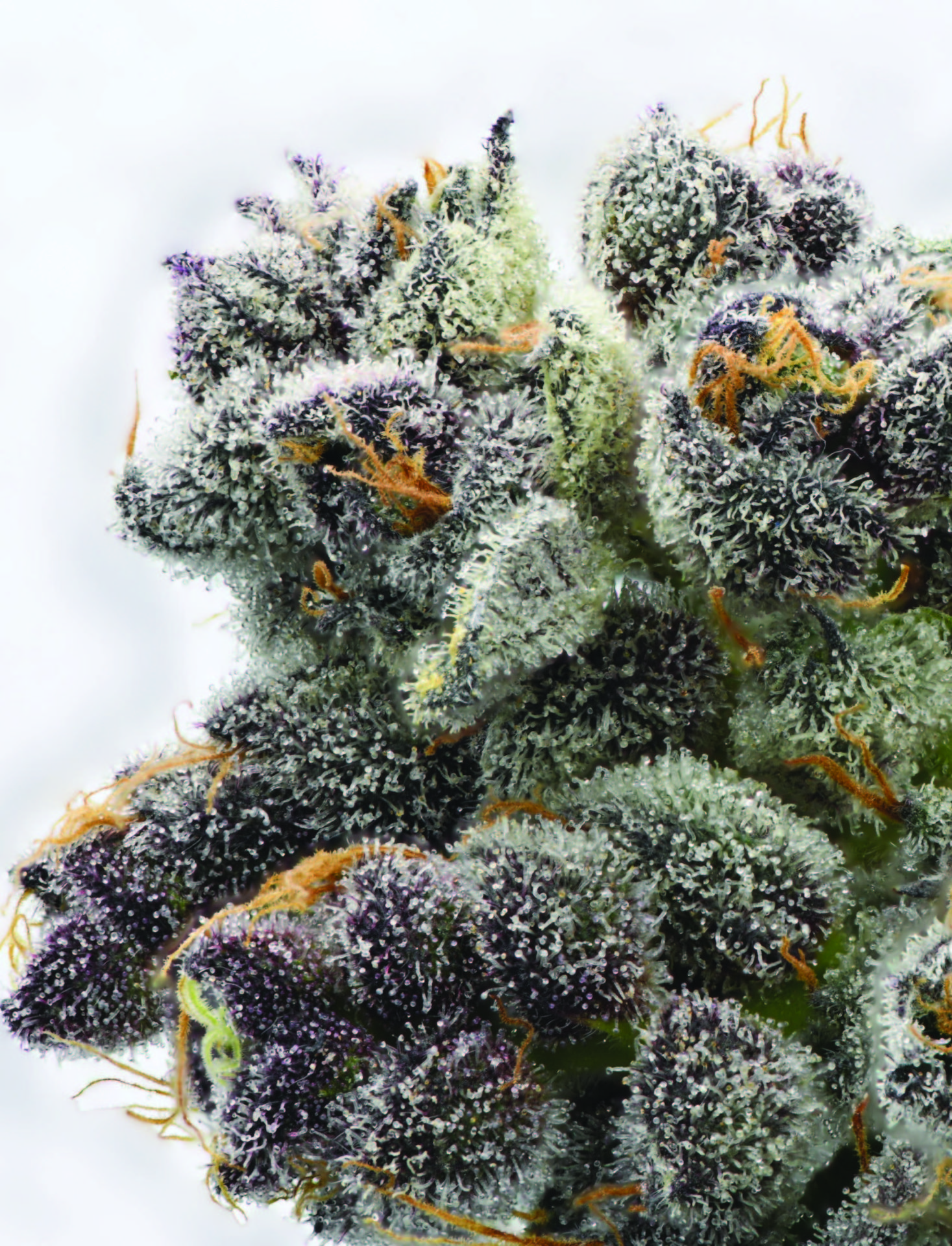Nurse Heather Manus, RN
The 2016 Women Grow Leadership Summit was held during the first week of February in downtown Denver, and treated more than 1200 women… and a few men, to a smorgasbord of valuable, inspirational, and powerful speakers and educators. New Mexico’s own, Nurse Heather was among those who presented and took her place on the big stage at the Ellie Caulkins Opera House to deliver a TED style “Lightning Talk” about the Endocannabinoid System (ECS).\
“Endocannabinoid system, CB1 Receptors, Anandamide; these are all scientific medical terms that are part of the human body…” all terms that unfortunately, Nurse Heather never learned about in Nursing School. Her main question for the audience was, WHY??
Dr. Raphael Mechoulam, Professor with the Department for Medicinal Chemistry and Natural Products, Faculty of Medicine at Hebrew University of Jerusalem, is considered to be the “Father of Cannabis Research.”
Dr. Mechoulam began researching cannabis in the 1960’s. He was the 1st to have discovered, isolated, and synthesized the psychoactive cannabinoid, Δ9-tetrahydrocannabinol (THC). His first article on the subject, “Isolation, structure and partial synthesis of an active constituent of hashish” was published in 1964. Dr. Mechoulam’s continued research on cannabinoids and endocannabinoids, sparked the interest of other researchers around the world leading to the collective discovery that all mammals have an Endocannabinoid system (ECS). Nurse Heather’s question was expanded to ask, “WHY, as medical and educational communities, after more than 50 years of researchers knowing about the Endocannabinoid System and that constitutes of cannabis can be medically beneficial, are we not learning, teaching and discussing more about this highly important system?
The Endocannabinoid system is the Homeostasis or Balancing system for all of our other bodily systems. The Endocannabinoid system is the largest receptor signaling system within the human body. The ECS consists of receptors, such as CBR1 and CBR2, which are located throughout the body. Humans naturally produce Endocannabinoids including Anandamide and 2-AG. These endocannabinoids fit like “keys” in the endocannabinoid receptor “lock,” and facilitates systematic balance within our body.
WHERE are Endocannabinoid Receptors Located in the Body? CB1 Receptors (CBR1) are primarily located in the Brain and Spinal cord, but are also found in Nerves, Organs and Tissues.
CB2 Receptors (CBR2) are primarily located in Organs and Peripheral Tissues, including our Skin and cells related to the Immune System WHAT happens if the body stops producing the Endocannabinoids needed to maintain balance?
According to Dr. Ethan Russo,“Migraine, fibromyalgia, IBS and related conditions display common clinical, biochemical and pathophysiological patterns that suggest an underlying clinical endocannabinoid deficiency that may be suitably treated with cannabinoid medicines.”
Nurse Heather explained that medical issues such as Calcium, Vitamin B12, or Iron deficiencies are commonly treated medically by supplementing these deficiencies with pharmaceutical, over-thecounter (OTC), or natural/food sources. “When a patient is deficient in something, we supplement the body to help it work better. The plant constituents of cannabis, Phytocannabinoids, can be the perfect supplement for Endocannabinoid Deficiency. Many diseases that we acquire are related to Clinical Endocannabinoid Deficiency.” Dr. Russo reports, “Investigation at that time suggested that cannabinoids can block spinal, peripheral and gastrointestinal mechanisms that promote pain in headache, fibromyalgia, irritable bowel syndrome, and muscle spasm.”
HOW is Cannabis Used? There are various Methods of Administration for Cannabinoid Therapeutics.
Inhalation Vape /Smoke When Inhaled, Cannabis activates CB1 Receptors, produces euphoria or “high,” effects are experienced within minutes, and may last 2-4 hours.
Oral When eaten, Cannabis stimulates both CB1 and CB2 Receptors.
Cannabis when consumed orally goes through the digestive system and is metabolized in your liver. The body produces a metabolite, 11-Hydroxy THC, in response to eating Cannabis. 11-Hydroxy THC is Highly psychoactive. If you eat too much, you may become heavily sedated, and possibly experience a dysphoric or unpleasant experience. Effects are typically experienced within 30min-2hrs after consumption and can last 6-12 hours. When self-dosing with edibles, Start Low & Go Slow.
Transdermal Transdermal patches and suppositories stimulate both CBR1 and CBR2, as a result of cannabinoids penetrating the skin and entering the bloodstream to circulate throughout the body. Euphoric effects may be minimal, effects may be felt 15-30 minutes after application and can last 12-24 hours.
Topical Topical ointments, lotions, and oils activate only the CB2 Receptors in the skin, which can help control localized pain, spasms, and various skin conditions without a psychoactive experience. Effects may be experienced within 1-2 minutes and can last up to 2 hours.
In conclusion, Nurse Heather completed her presentation by congratulating and empowering the audience by saying, “Now You Know! Now you know about Endocannabinoid system science. You know the difference between Endocannabinoids and Phytocannabinoids, and you’ve learned a little bit about methods of administration. But something else… all of you hearing this today, now YOU know more about the Endocannabinoid System than most healthcare professionals practicing in the world today. Congratulations!”

















